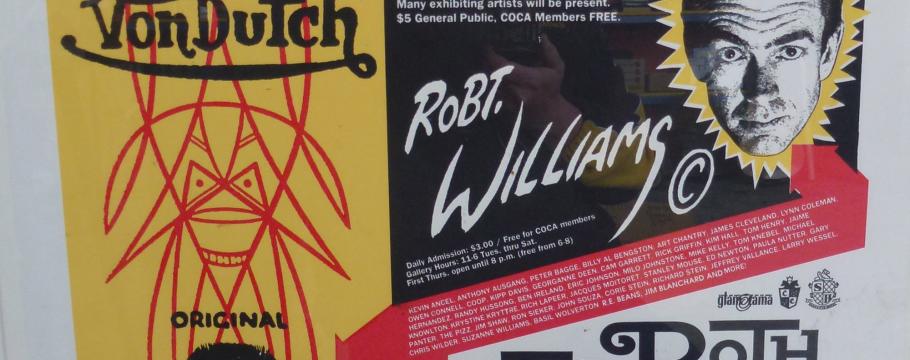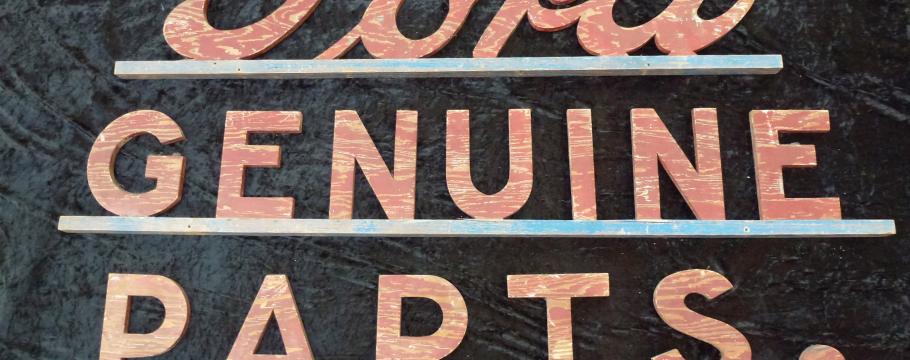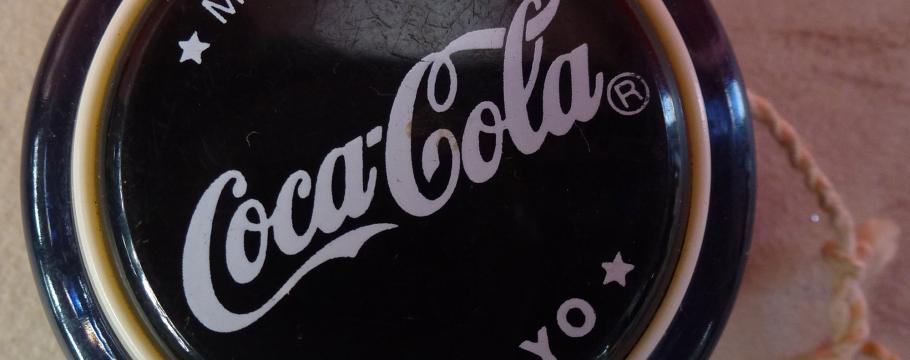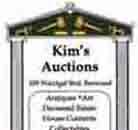




Route 66 glory days up for auction
Author: Richard Brewster | Posted: 17th September, 2013
The late Ross Wattington had such a fascination with America’s famous Route 66 – which crossed the country from Chicago to Santa Monica in California – that he spent much of his life traversing the highway collecting memorabilia relating to its glory days of the 1950s to 1970s.
In 1983, he established a Route 66 shop in Prahran that enabled other Australians to share his passion for some of the amazing hot-rod and other American symbols of the era – followed a few years later by a similar store in Sydney.
Ross died about two years ago and from 9.30am tomorrow auctioneer Steve Graham is auctioning the last of his vast collection in his rooms at 64 Urquhart Street, Woodend.
The sale features many fascinating items including rare Ed Roth “Big Daddy” posters, which depict grotesque caricatures driving representations of hot-rods he and his contemporaries built.
Roth, who died in April 2001, became well known for his hot-rod icon Rat Fink and other extreme characters, was a celebrated artist, cartoonist and custom car designer and builder – and a key figure in southern California’s Kustom Kulture and hot-rod movement of the 1950s and 1960s.
Posters by a fellow hot-rod culture artist, “Coop” (who drew caricatures of zombies), also are in the sale.
The auction contains iconic clothing of the era including Hawaiian shirts, belts, jackets and leather cowboy boots.
There also are early rodeo and movie posters, car and hot-rod memorabilia, advertising and neon signs, and petrol collectibles.
Other auction attractions include a 1910 ‘Emu’ brick-making machine, nickel plated cash registers, flags, medals and Mickey Mouse collectibles.
Established in 1926, Route 66 became one of the most famous roads in America – giving rise to a hit song and TV series of the same name – and in June 1985 was officially removed from the United States Highway System after it had been replaced by the new Interstate highway System.
During the Great Depression and dust bowl era of the 1930s, it was the major route for those heading west and the road supported the economies of the communities through which it passed.
However, the most celebrated period in the life of Route 66 was during the 1950s and 1960s when it became the main highway for vacationers heading to Los Angeles.
The road passed through the Painted Desert, close to the Grand Canyon and Meteor Crater in Arizona was another popular stop. The burgeoning tourist trade gave rise to many unusual roadside attractions including tepee-shaped motels, frozen custard stands, Indian curio shops and reptile farms.





